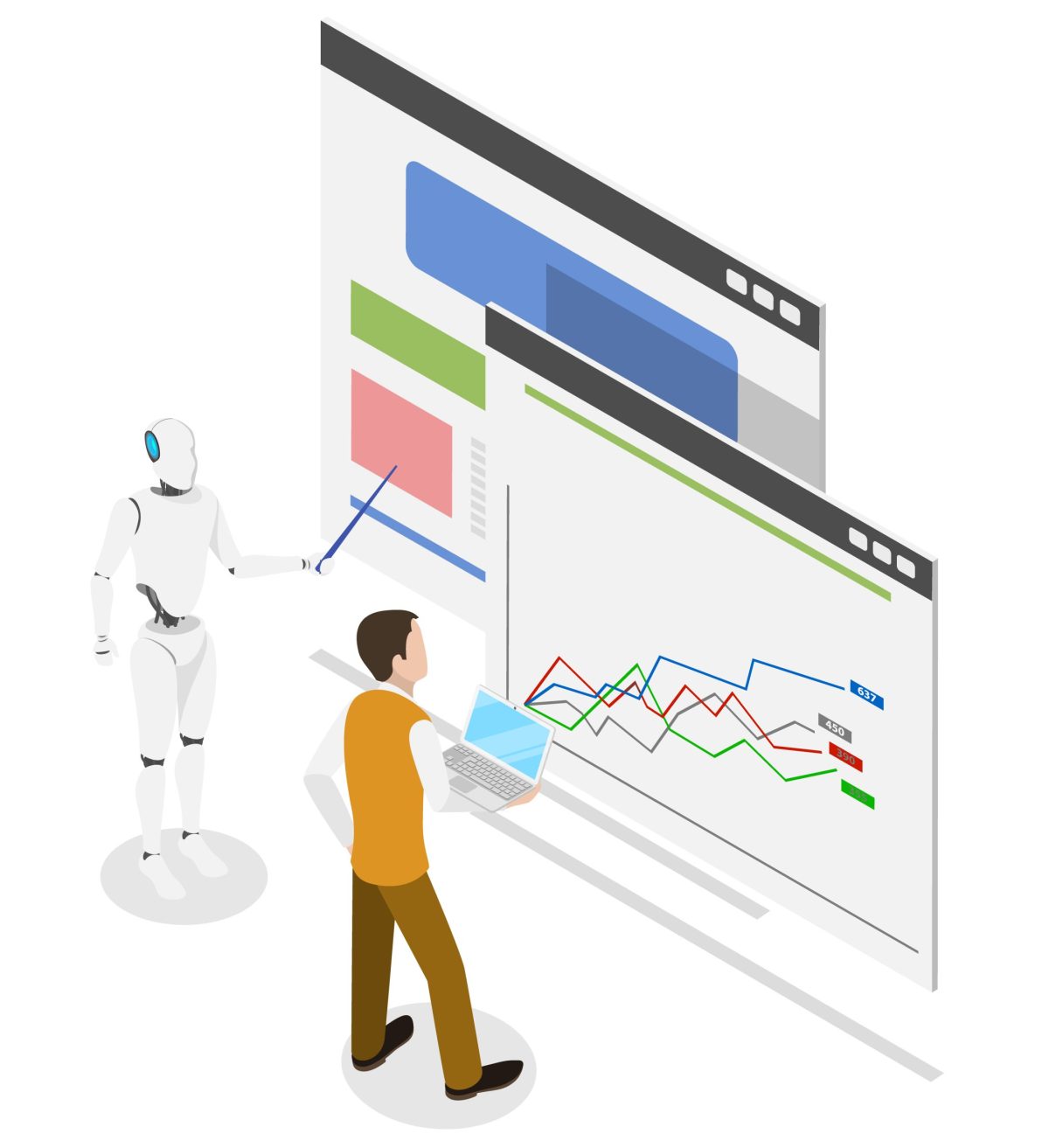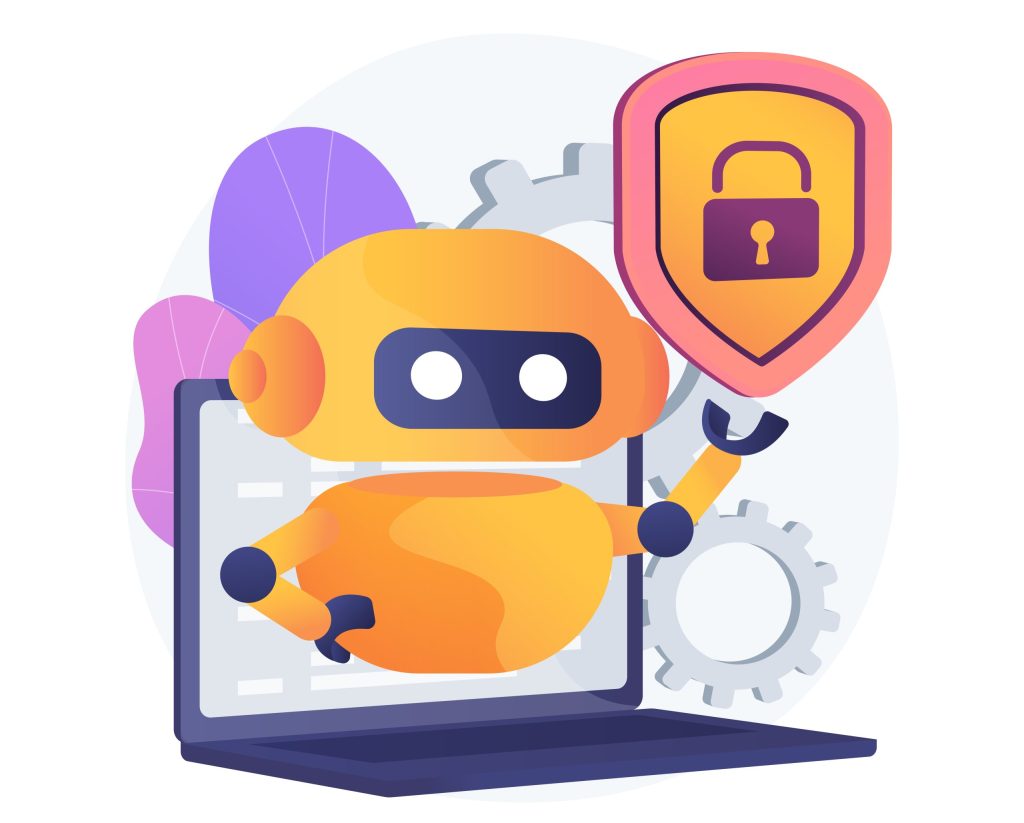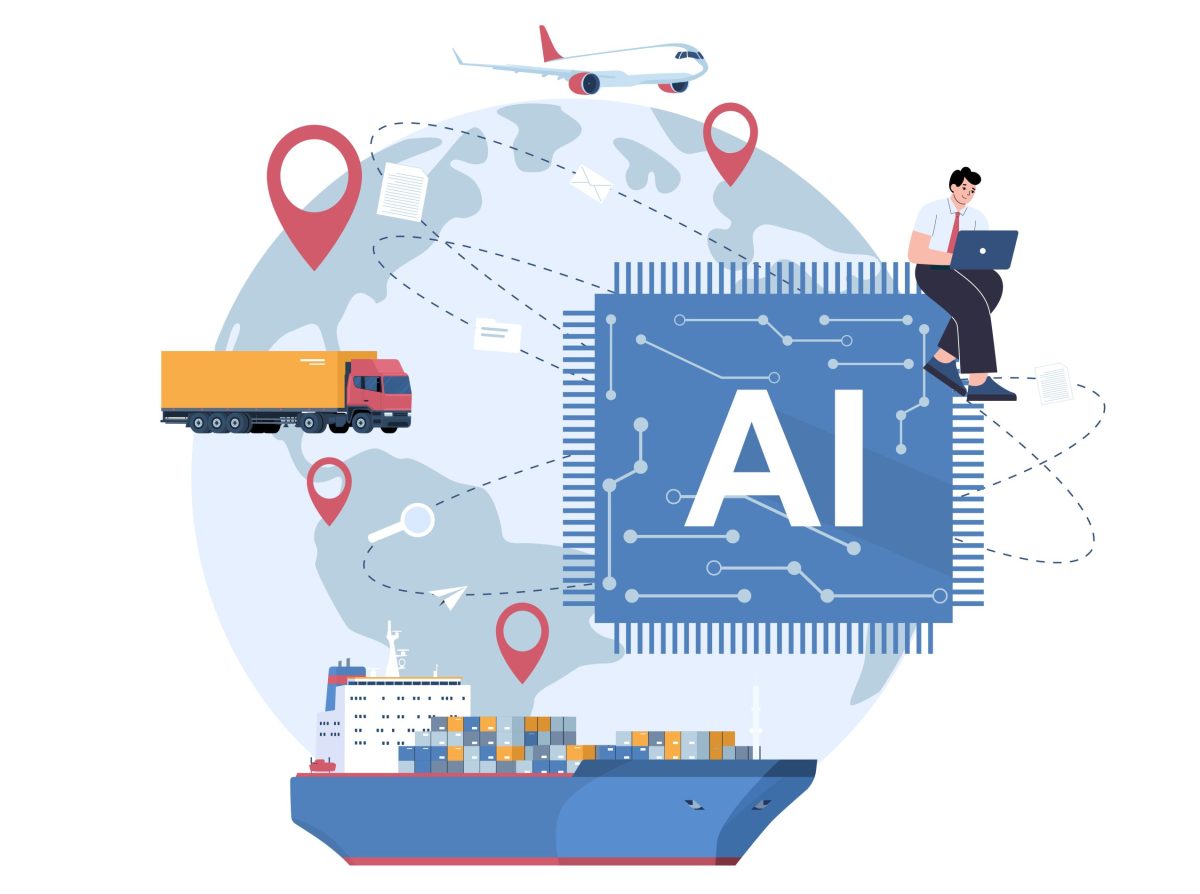In today’s competitive business landscape, safeguarding your intellectual property (IP) is more important than ever, especially for small and medium-sized enterprises (SMEs). From trademarks and patents to trade secrets and licensing agreements, managing IP assets requires careful planning, legal awareness, and structured goal setting. This is where AI Prompts for Intellectual Property Management can offer SMEs a practical advantage.
Rather than relying solely on legal consultants or reactive policies, SMEs can utilise AI prompts to define proactive IP strategies, create more efficient documentation workflows, and ensure that teams are aligned on the protection and usage of key assets.
By – Vamsi Bhumireddy (CTO)
Why Use AI for Goal Setting in Intellectual Property Management?
For SMEs, managing intellectual property often feels like a reactive or legal-only function. However, aligning team objectives with an IP strategy is critical, especially when launching products, negotiating partnerships, or expanding into new markets. AI prompts help streamline the goal-setting process by breaking complex IP challenges into focused, actionable objectives. This empowers legal, product, and leadership teams to collaborate more effectively and make informed decisions about registrations, renewals, and protections before risks arise.
5 Practical AI Prompts for Intellectual Property Management
Each of the prompts below can help SMEs convert vague IP concerns into specific, team-driven actions.
1. Track Renewal Deadlines and Registration Requirements
Prompt: “List all IP assets due for renewal in the next 12 months and generate a timeline of required legal steps.”
Example Output:
Patent #US1010123 (Product A) – Renewal due March 12
Trademark #UKT89234 (Brand Logo) – Renewal due June 5
Suggested Goal: Legal team to prepare documentation and submit renewals by the end of February and May, respectively.
Why this is useful: It prevents costly lapses in protection and allows your legal and operations teams to stay ahead of compliance.
2. Define IP Protection Goals for New Product Launches
Prompt: “Generate a SMART goal for ensuring IP protection during the upcoming launch of [product name or feature].”
Example Output: Goal: File trademark applications for the new brand name and visual identity by June 15, before public announcement, and initiate NDA policy updates for contractors.
Why this is useful: Ensures that your brand and product ideas are protected early, before exposure increases the risk of infringement.
3. Identify Potential IP Risks in Strategic Partnerships
Prompt: “Assess the IP risk exposure in the upcoming collaboration with [partner company] and suggest mitigation steps.”
Example Output: Key Risk: Partner access to proprietary codebase during integration.
Suggested Goal: Draft and sign a joint NDA by April 10 and restrict code access to read-only environments.
Why this is useful: Promotes strategic clarity by identifying legal and operational safeguards before sharing sensitive information.
 4. Create an IP Documentation Strategy
4. Create an IP Documentation Strategy
Prompt: “Outline a documentation policy that improves internal tracking of IP assets and inventor contributions.”
Example Output: Create a centralised IP asset log in your project management system. Assign IP ownership records per contributor and set quarterly documentation reviews by team leads.
Why this is useful: Establishes internal accountability and helps SMEs prepare for due diligence or investor scrutiny.
5. Improve Employee Awareness and IP Policy Compliance
Prompt: “Draft a team training goal to improve employee understanding of IP policies and prevent accidental disclosures.”
Example Output: Training Goal: Conduct a 30-minute virtual IP orientation session for all new hires within their first week, covering trademarks, copyright, and internal usage policies.
Why this is useful: Reduces unintentional violations and strengthens company-wide alignment on protecting intangible assets.
 Example Output of AI-Generated Goal Setting
Example Output of AI-Generated Goal Setting
Scenario: An SME preparing to launch a new product line is concerned about name protection and third-party collaboration risks.
Prompt: “Set a clear IP strategy goal for the next 6 weeks related to a new product launch and supplier involvement.”
AI Output: Goal: File trademark for the new product name by July 1, review licensing terms with Supplier X by July 7, and update NDAs for all third-party contractors by July 10.
Why this is useful: This transforms vague concerns into clear, deadline-based actions across legal and supplier teams, minimising IP risk at launch.
How Stratpilot Supports Smarter IP Strategy Planning
Stratpilot is a dedicated AI workspace that helps SME teams build and maintain focused, data-driven goals, including those related to AI Prompts for Intellectual Property Management. With Stratpilot’s prompt customisation, workspace templates, and guided planning features, you can set IP-related goals across teams and projects with clarity. It’s not an automation or legal service but a strategic partner that helps product, legal, and leadership teams think more proactively, stay aligned, and avoid oversights.
Align Your IP Management with Strategic Execution
Sign up for Stratpilot today and start building structured, cross-functional goals that support your intellectual property strategy, designed specifically for the growing demands of SME businesses.
Frequently Asked Questions (FAQs)
Q: Can these prompts help even if we don’t have an in-house legal team?
Yes. The prompts are designed to help SMEs of all sizes turn IP concerns into clear actions. You can still use legal consultants to execute the details, but the strategy begins with internal clarity.
Q: Do I need legal software or a database to use these prompts?
No. You can use them manually or implement them through tools like Stratpilot’s workspace templates. The value lies in making your IP management more intentional and aligned.
Q: Are these AI prompt strategies only relevant during product launches?
Not at all. These strategies apply to ongoing IP maintenance, policy training, documentation, partner agreements, and risk mitigation. Product launches are just one scenario where IP planning becomes more visible.
Q: Can I customise the prompts in Stratpilot for different departments?
Yes, Stratpilot is designed with customisation in mind. You can tailor prompts for legal, product, marketing, or HR teams to ensure each department contributes to IP protection in a way that fits your business context.




 5 Practical Examples of Generative
5 Practical Examples of Generative  What Happens if You Don’t Use Generative AI in Internal Audit?
What Happens if You Don’t Use Generative AI in Internal Audit?
 3. Identify and Assign Technical Debt Resolution Tasks
3. Identify and Assign Technical Debt Resolution Tasks How
How 
 6. Virtual Safety Training with AI Feedback
6. Virtual Safety Training with AI Feedback The Risk of Ignoring AI in Safety Management
The Risk of Ignoring AI in Safety Management
 6. Knowledge Base Enhancement
6. Knowledge Base Enhancement What Happens If You Don’t Use AI in IT Support?
What Happens If You Don’t Use AI in IT Support?
 Benefits of AI in Business Process Management
Benefits of AI in Business Process Management Risks of Not Using AI in Business Process Management
Risks of Not Using AI in Business Process Management
 Examples of
Examples of  The Risks of Not Using AI in Logistics
The Risks of Not Using AI in Logistics
 Benefits of AI for Product Feedback Management
Benefits of AI for Product Feedback Management The Cost of Ignoring AI for Product Feedback Management
The Cost of Ignoring AI for Product Feedback Management
 6. Addressing Anonymous Complaints
6. Addressing Anonymous Complaints Example Output of AI-Generated Goal Setting
Example Output of AI-Generated Goal Setting
 6. Prioritise Orders Based on Margin Contribution
6. Prioritise Orders Based on Margin Contribution Example Output of AI-Generated Goal Setting
Example Output of AI-Generated Goal Setting

